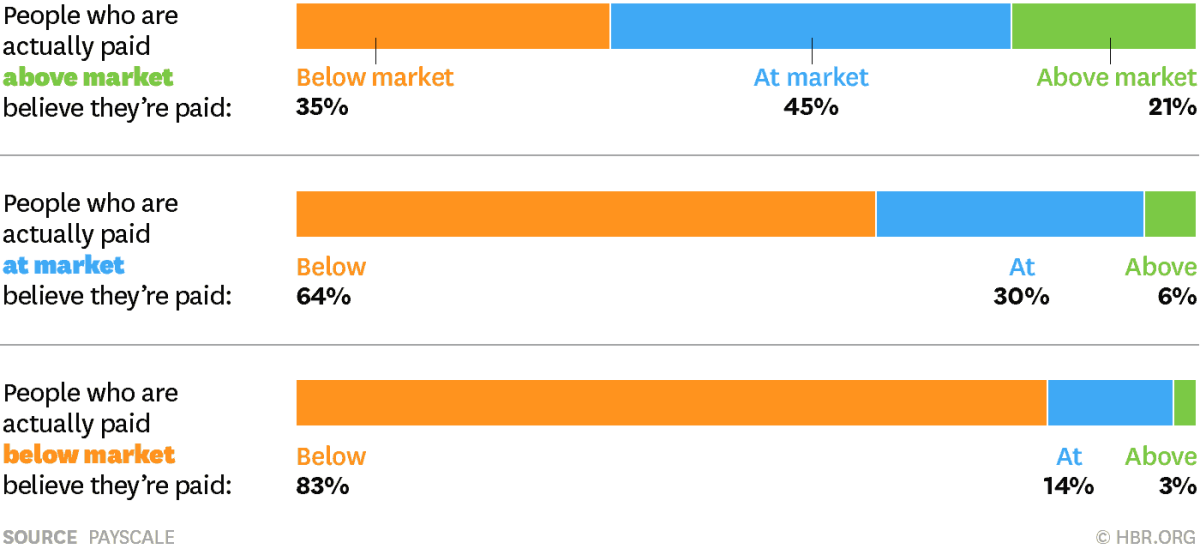Communication Best Practices
Compensation communication can (and should) include many methods. Like any other communication strategy, there is a need to identifying the who, when, why and how behind each communication. It is also important to approach messages, even positive ones, with sensitivity as pay is personal. Taking a one-size-fits-all tactic may backfire.
Below are some best practices to consider when it comes to compensation communication.
Share Company Results & Goals
Employees who feel connected to the overall performance results and goals of the organization are more engaged and motivated. By sharing your company’s progress with employees, and importantly, by communicating how the individual can benefit from this success financially (if applicable), will help employees understand how what they do contributes to this success.
Some ideas on how to share goals:
- During employee on-boarding
- Quarterly Calls
- Monthly Dashboards
- Employee Newsletters
- CEO Updates
- Manager Update
Grant Access to Information
Employees who have access to compensation data and information will have higher levels of trust and understanding. This is a critical factor to increased transparency and predictability. It also helps to ensure employee expectations are managed. Some examples of where you can provide more access to information includes:
- Making pay structures available to everyone.
- Clearly articulating when and how pay increases take place.
- Providing market data for comparable industries and occupations.
- Distributing bonus plan documents that include information on how bonuses are calculated.
Explain How & Why
No matter the decision or change in compensation, it’s recommended that details on how and why they were made be provided. This is the context that will lead to higher acceptance and understanding of decisions. For example, instead of just saying you received a pay increase of 2%, provide information on how the 2% was determined. “The company created an overall merit budget that took into account market information, cost-of-living data, our last year’s results and this year’s budget tolerance. We then determined individual raises based on performance appraisal scores.”
Demonstrate Opportunity
A good compensation communication strategy will include ways to show employees what their earnings potential is. This could mean how and when they can earn more in current roles (through merit increases, training and development, or bonus plans) and it also means showing them the earning potential available in future roles. Be sure you don’t inflate the opportunity or earnings potential or take a one-size-fits-all approach. Managing expectations is important or you can easily tip from motivation to de-motivation and frustration.
